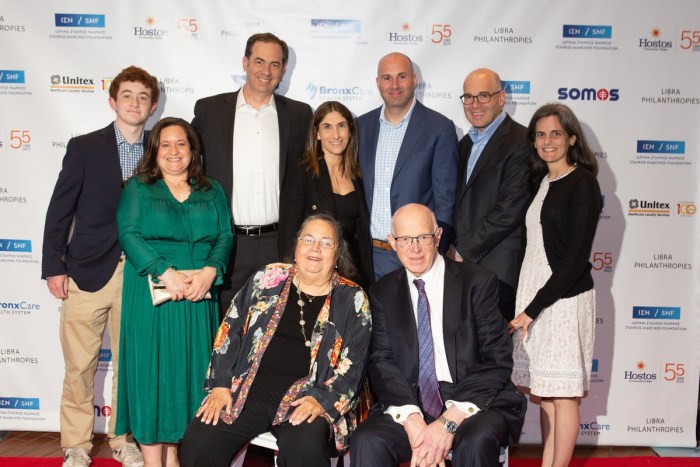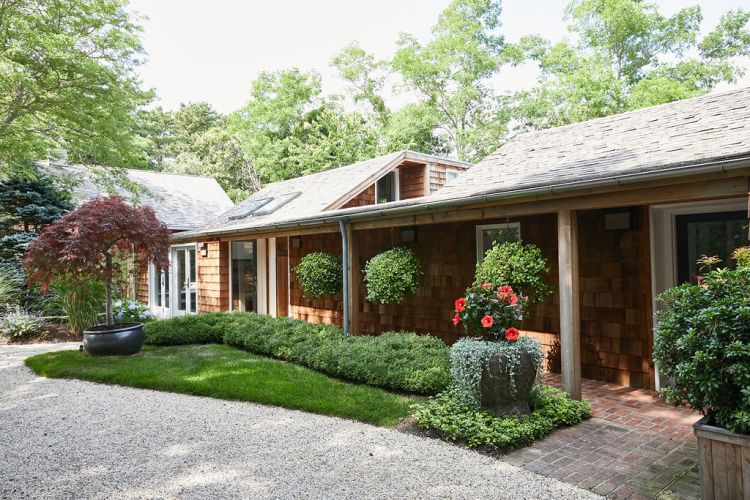If it’s taking you a long time to get a doctor’s appointment with a primary care physician (PCP), you’re not alone.
There are not enough PCPs – which include general internists, family care physicians, and pediatricians – for the number of people who need them, and this trend is going in the wrong direction. In 2019, there was a shortage of 13,758 PCPs nationwide, according to the U.S. Health Resources & Services Administration. By 2034, the shortfall will swell to between 17,800 and 48,000 PCPs, based on Association of American Medical Colleges projections.
The situation on Long Island is not as dire as it is in many areas of the country. New York ranked fourth overall among the 50 states and the District of Columbia for PCPs per capita, according to a 2022 report by Becker’s Hospital Review. But depending where on the Island you live and the insurance you have, you may struggle to find a PCP who is accepting new patients and/or you may have to wait months for an appointment.
“There are pockets of Nassau County and particularly Suffolk County where access is more limited,” says Dr. Gladys M. Ayala, dean and chief academic officer of the NYU Grossman Long Island School of Medicine.
In Nassau County, there were 1,950 PCPs per 100,000 population in 2019, well above the state average. Suffolk had 1,063 PCPs per 100,000 population, below the state average, according to the New York State Department of Health.
The aging population is a major factor in the supply-demand imbalance.
“Older individuals tend to have chronic diseases that need medical attention and more holistic, broader management,” Ayala says.
Large administrative workloads also limit the time doctors can spend seeing patients while causing physician burnout, she adds.
“The pandemic caused a flight from the healthcare professions,” adds Dr. Lauren Block, a general internist at Northwell Health who is a professor at the Zucker School of Medicine at Hofstra/Northwell and ambulatory associate program director for internal medicine residency. “In primary care, there’s a feeling there’s always too much work to do, and you can’t do it all. Some healthcare professionals have switched to part-time clinical work and combined it with other work, such as education, to have a better quality of life.”
Overall, fewer students are going into primary care, which tends to be much less lucrative than many of the specialties.
“With the high cost of medical education, graduates are coming into the work world with high amounts of debt, and they want to put themselves in a more favorable situation to address that debt,” says Dr. Jedan P. Phillips, associate professor of family, population and preventive medicine and associate dean for minority student affairs at the Renaissance School of Medicine at Stony Brook University. “A PCP may manage five chronic conditions and send the patient to a specialist for a procedure, and the specialist could be reimbursed way more for that one procedure than the PCP for managing the five conditions.”
Block noticed that fewer internal medicine residents were going into primary care, and she and several colleagues studied the trend and published their results in a JAMA Internal Medicine article, “Career Plans of Internal Medicine Residents from 2019 to 2021.”
The authors looked at national data from past years, in which internal medicine residents listed their career plans when taking a standardized exam. In 2004, 25% said they were heading into general internal medicine (primary care). By 2012, that number had dropped to about 20%. In Block’s study, the number dropped again, to about 10%. But, she noted, while the number of internal medicine residents going into subspecialties remained relatively constant, there was a significant increase in those going into hospital medicine.
Block theorized that since residencies are largely done in hospital settings, many residents feel more comfortable in a hospital setting. And hospitals provide more shift-based work, allowing doctors better work-life balance; they see their patients during their shift and have less take-home work at the end of the day.
She says one potential solution is to improve outpatient training environments by exposing residents to more “well-run practices with the latest in clinical design and resources available to serve as mentors who can show trainees what they love about being a primary care doctor.” More funding mechanisms and debt forgiveness programs for people who go into primary care are also necessary to put a dent in the shortage, she added.
The NYU Long Island Grossman School of Medicine was conceived to increase the supply of PCPs in the region, says Ayala. “We select students who, based on their application and interview, are interested in going into primary care and/or in working in underserved areas,” she says. The program, which takes three years instead of the standard four, provides a directed accelerated pathway into residency training programs in internal medicine, pediatrics, general surgery, and obstetrics and gynecology, with advising and mentoring that links students directly to these departments. The medical school accepts 24 students each year, who receive a full-tuition scholarship. Two classes and 45 students have graduated since its opening in 2019, with 64% going into primary care disciplines, 48% staying on Long Island and 90% staying in disciplines that fall within shortages, according to Ayala.
“As a whole, more financial incentives to go into primary care must be seriously considered,” Phillips says. “The pandemic demonstrated how important primary care is, and we need to start investing more in this very important part of the delivery system, or the system is really going to suffer if it is ever stretched again.”






















